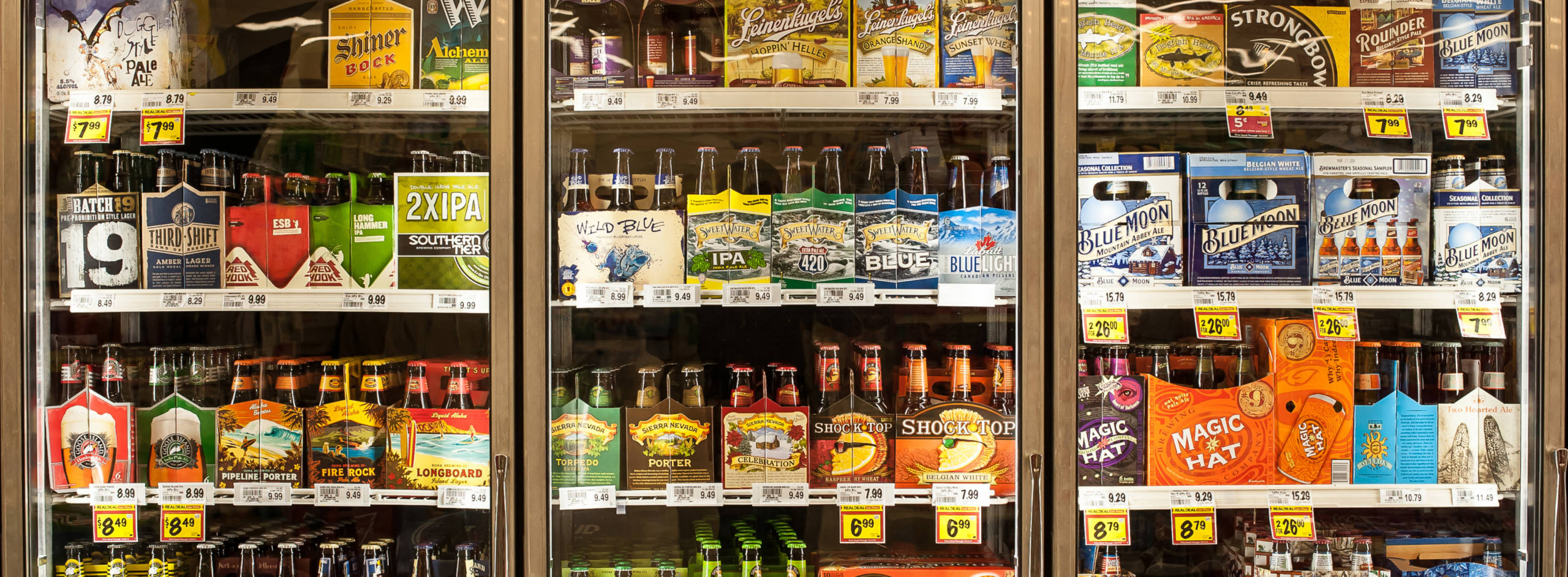

FLORIDA'S REGULATORY SYSTEM BENEFITS EVERYONE
An essential corollary to the prohibition against manufacturers and distributors owning retailers is Florida’s Tied House Evil Law. This law prevents manufacturers and distributors from assisting, and vendors from accepting, financial assistance. The rationale for this corollary to the three-tier statute is to prevent financial assistance that falls short of “ownership.” These rules are critical because the alcoholic beverage industry is fiercely competitive. Left unfettered, manufacturers and distributors would engage in all types of conduct to influence or control vendor behavior.
In the competitive model, the three tiers – manufacturers (breweries), independent distributors and independent retailers (groceries, convenience stores, pubs, restaurants etc.) – are licensed by the state, but given the freedom to meet customer demand. Customer demand is the engine that drives competition between manufacturers, distributors and retailers and the regulations ensure a relatively level playing field. As a result, we see a robust industry that is changing to meet customer demand in a competitive free-market environment, free of the corruption and scandals that preceded Prohibition in the 1920s.
Thanks to Florida’s robust competitive model, consumers are afforded an amazingly wide variety of fresh beer and flavored malt beverage choices at the best possible prices.
Laws & Protections
A beer a day… Beer was used to treat over 100 illnesses in Egypt, 1600 BC.

